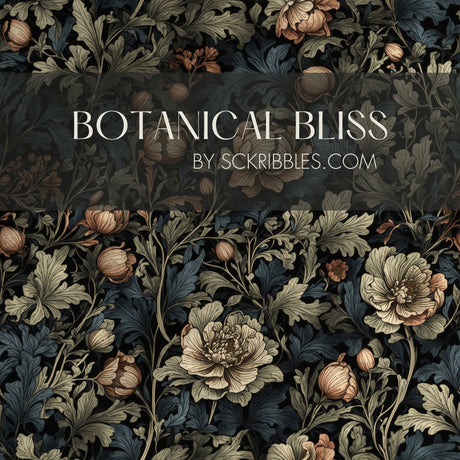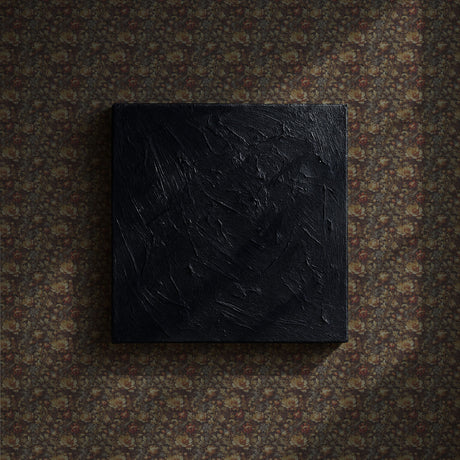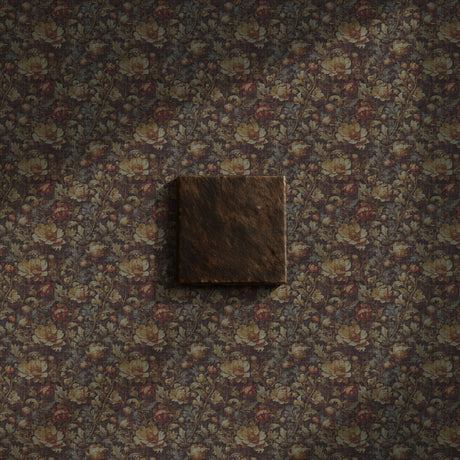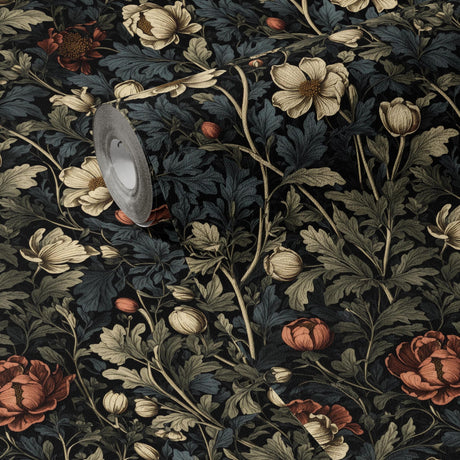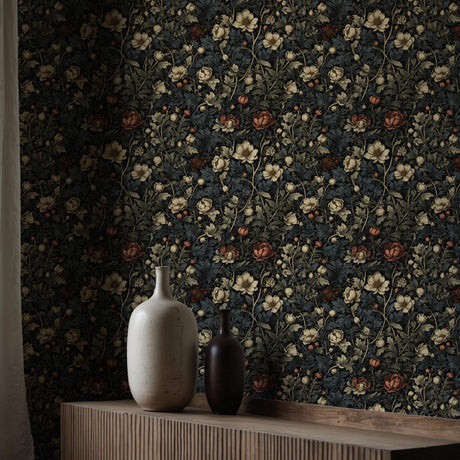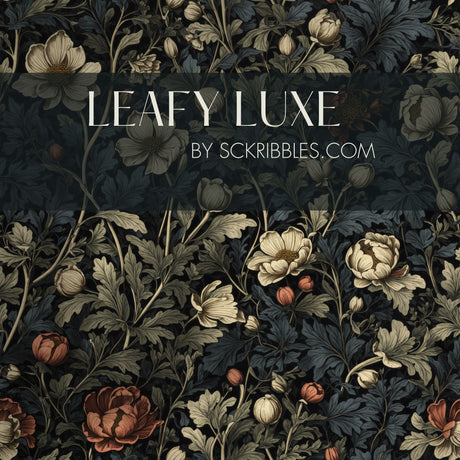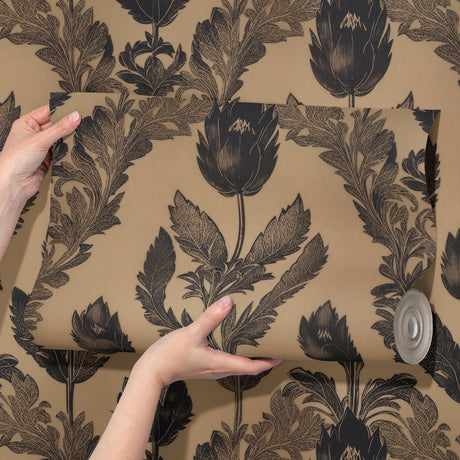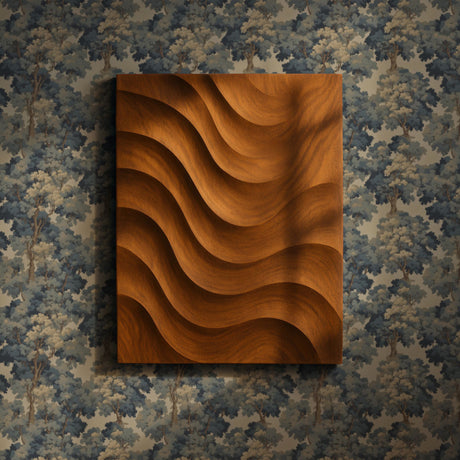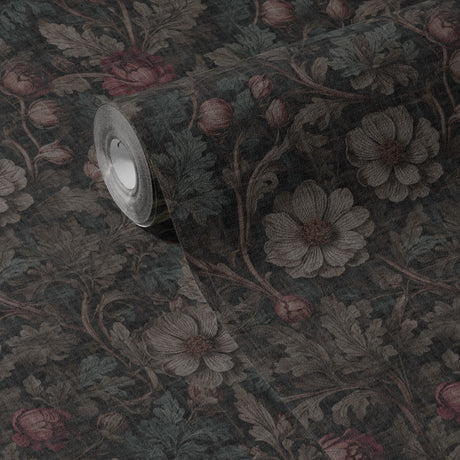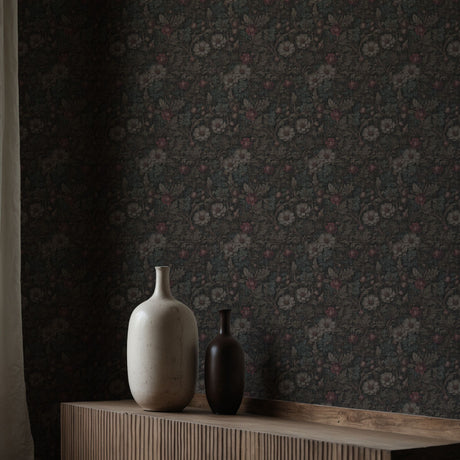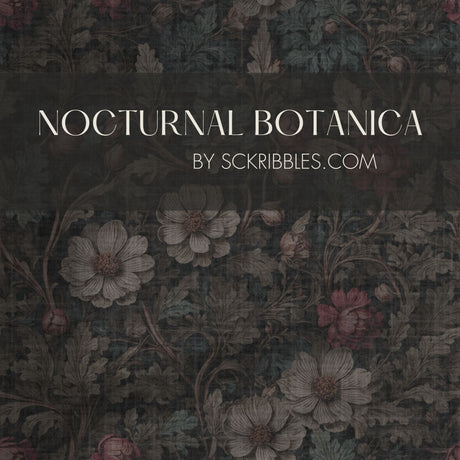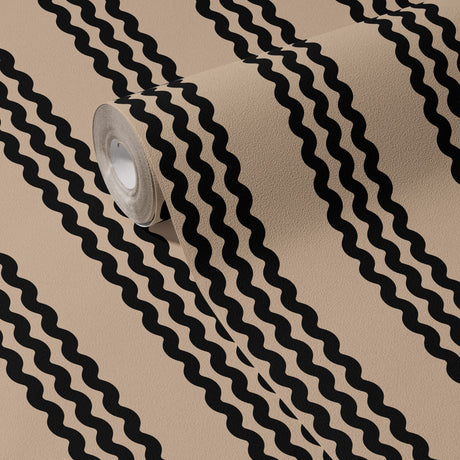Cotton Linters: Unraveling Nature’s Creative Fiber
Cotton, often hailed as the fabric of our lives, encompasses a rich and versatile tapestry woven not just from its fibers but also from its by-products. One such hidden gem is cotton linters. In this article, we delve deep into the fascinating world of cotton linters, exploring their origins, properties, and a myriad of applications that make them an integral part of various industries.
Understanding Cotton Linters
Cotton linters are short fibers found on cottonseeds after the ginning process. Unlike the long fibers used in textiles, linters are delicate, fluffy fibers measuring merely millimeters in length. Comprising nearly 10% of the cottonseed’s weight, linters were once discarded or used for low-value products. However, their unique properties have sparked interest and innovation in recent years.
Origins and Harvesting
The journey of cotton linters begins in the cotton fields. After harvesting, raw cotton undergoes ginning, a process that separates the fibers from the seeds. During ginning, linters cling to the seeds, forming a soft, velvety layer. Traditionally considered waste, these fibers have found remarkable utility across diverse sectors.
Properties and Versatility
Cotton linters boast exceptional absorbency, making them ideal for applications where moisture retention is crucial. Their fine, silky texture allows for smooth blending with other materials, enhancing the quality of end products. Moreover, linters are biodegradable and environmentally friendly, aligning with the growing demand for sustainable alternatives.
Applications in Various Industries
- Paper Industry: Cotton linters serve as a primary ingredient in the production of high-quality paper and art supplies. Their fine texture, absorbency, and archival quality make them a favorite among artists and paper manufacturers aiming for excellence.
- Pharmaceuticals and Food: Linters find application in the creation of cellulose-based products, including pharmaceuticals and food additives. Their purity and non-toxic nature make them invaluable in drug manufacturing and as stabilizers in the food industry.
- Personal Care Products: Linters are used in the production of cosmetics, facial wipes, and tampons due to their softness and absorbent qualities.
- Chemical Industry: Linters serve as a raw material in the production of various chemicals, including cellulose acetate, used in products like film and eyeglass frames.
- Biofuel Production: Researchers are exploring the use of cotton linters in biofuel production due to their cellulose content, aiming for sustainable energy solutions.
Final Thoughts
Cotton linters, once overlooked remnants of the cotton industry, have emerged as eco-friendly, versatile fibers shaping diverse sectors. From fine art paper to pharmaceuticals, their impact on various industries highlights the importance of sustainable, innovative solutions derived from nature. As we continue to explore their potential, cotton linters stand as a testament to nature’s ability to inspire creativity and drive progress in unexpected ways.
Read More: Is Cotton Linter Paper Eco-Friendly?











